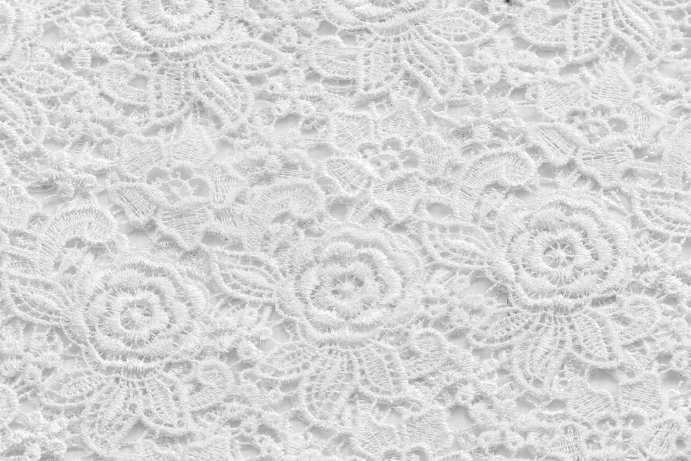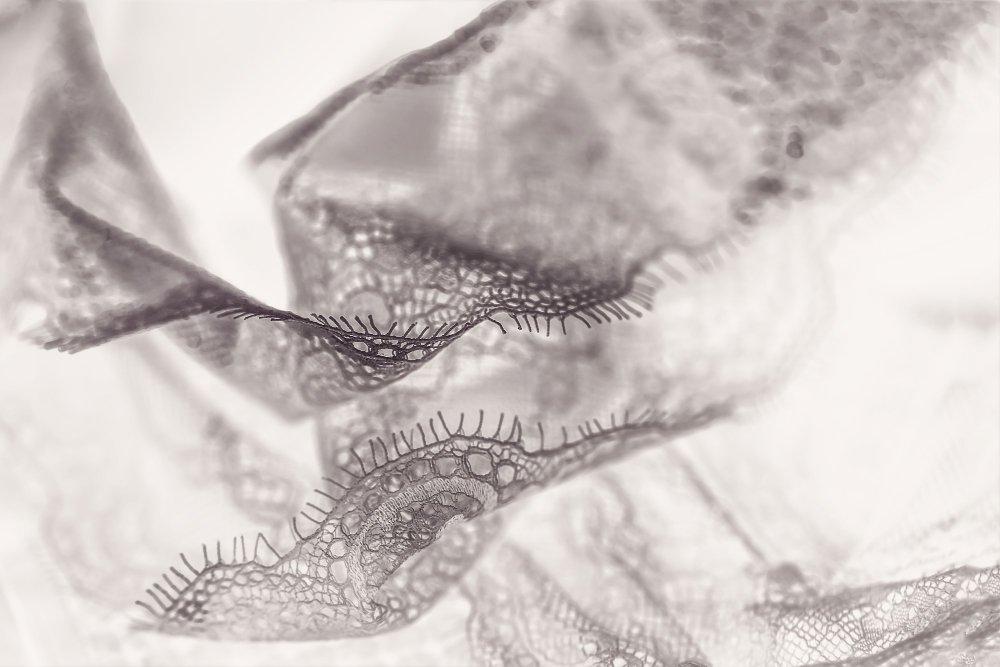Master the Art of Working with Luxury Guipure Lace: Techniques, Care, and Creative Applications
Did you know that some premium guipure lace can take over 100 hours to produce just one square yard? This intricate craftsmanship defines one of the most elegant lace fabrics available today, where artisans create breathtaking patterns through specialized techniques that connect motifs without traditional mesh foundations.
Table of Contents
What is Guipure Lace Fabric?
Guipure lace (pronounced “gee-POOR”) is a distinctive type of lace known for its raised motifs and dense designs that skip traditional mesh foundations. Instead of using a net background like other types of lace, interconnected floral or geometric shapes form the fabric’s structure through bars and plaits. This creates a luxurious texture that elevates everything from wedding gowns to decorative home accessories.
The name “guipure” comes from the French word meaning “tape,” which refers to the thick threads that outline and connect the patterns. In English, guipure translates to “open work” or “cutwork lace,” perfectly describing its distinctive construction method.
Key Characteristics That Set Guipure Apart
What Makes Guipure Different from Regular Lace?
While traditional lace relies on delicate mesh backgrounds, guipure lace connects its motifs through bars, braids, or thick connecting threads called “brides.” This fundamental difference creates several advantages:
- Structural integrity: The interconnected design provides stability during cutting and sewing
- Bold visual impact: Without mesh interference, patterns stand out dramatically
- Versatile weight options: Available from lightweight cotton to substantial silk varieties
- Enhanced durability: The robust construction withstands regular handling better than delicate mesh laces
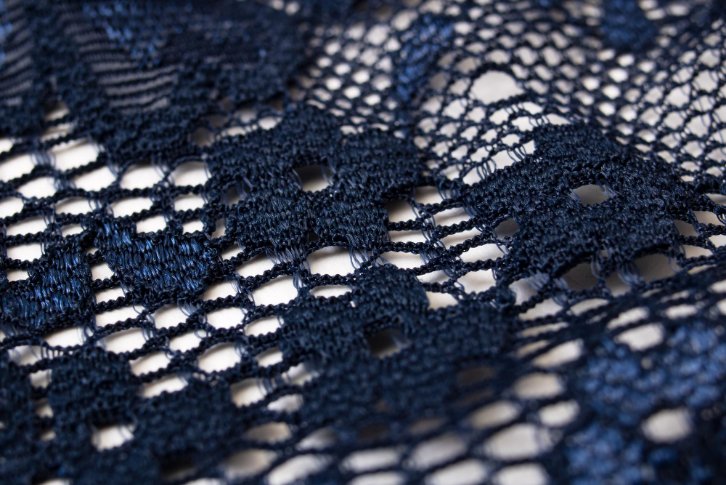
Materials and Construction
What is Guipure Lace Made Of?
Modern guipure lace incorporates various materials to meet different needs and budgets:
Natural Fiber Options:
- Cotton: Offers breathability and easy care, popular for everyday garments
- Silk: Provides luxury feel and natural sheen for formal wear
- Linen: Creates rustic texture perfect for home décor applications
Synthetic Alternatives:
- Polyester: Delivers affordability and durability for budget-conscious projects
- Rayon: Combines silk-like drape with easier maintenance
- Blended compositions: Mix natural and synthetic fibers for balanced performance
The quality and material composition directly impact both price and performance. Premium silk guipure from French manufacturers can cost $89-129 per yard, while high-quality polyester alternatives start around $39 per yard.
According to fabric experts at Tissura, one of Europe’s leading luxury textile suppliers, “the true fabric connoisseurs will particularly admire exclusive guipure lace selection with intricate details, golden metallic fibers, and exotic motifs like ostrich feathers or romantic combinations of stars and flowers.” Their collection features renowned brands like Sophie Hallette and Solstiss Sa, which represent the pinnacle of modern guipure craftsmanship.
Historical Journey and Cultural Significance
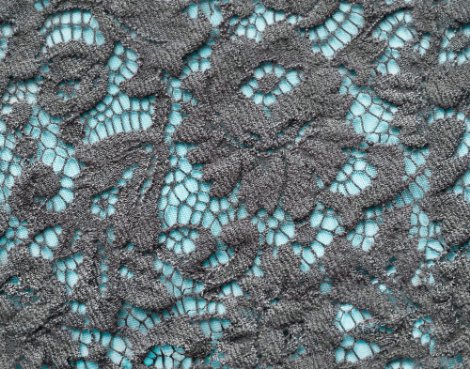
Renaissance Origins
Guipure lace originated in 16th-century Italy, where skilled artisans developed this technique as an alternative to expensive imported laces. The earliest versions used metallic threads wrapped around parchment strips called “cartisane,” creating stiff, dimensional patterns that shimmered in candlelight.
Production Timeline:
- 16th Century: Hand-made using gold and silver threads, exclusively for royalty
- 19th Century: Industrial Revolution introduced mechanized production
- 21st Century: Computer-controlled machines create complex patterns in hours
Where Guipure Lace Comes From
The technique spread from Italy to other European lacemaking centers:
- Milan and Flanders: Pioneered the “point de rose” technique with ethereal floral patterns
- France: Developed sophisticated production methods still used today
- England: Created Bedfordshire lace, inspired by continental guipure techniques
- Modern global production: Quality manufacturers now operate worldwide, with premium options still concentrated in traditional European centers
Price Comparison and Buying Guide
Understanding Quality Levels
| Quality Tier | Materials | Price Range (per yard) | Best For |
|---|---|---|---|
| Budget | Polyester, basic cotton | $39-59 | Practice projects, casual wear |
| Mid-Range | Cotton blends, rayon | $75-125 | Wedding accessories, formal wear |
| Premium | Silk, designer cotton | $150-195 | Couture garments, heirloom pieces |
| Luxury | Hand-finished silk, metallic accents | $200-250+ | Special occasion gowns, collectors |
What to Look for When Buying
Quality Indicators:
- Even, consistent motif spacing
- Smooth connecting bars without loose threads
- Appropriate weight for intended use
- Clear care instructions from manufacturer
- Reputable supplier with return policy
Width Considerations: Guipure lace typically comes in widths from 22 to 55 inches. Consider your project needs:
- 22-36 inches: Perfect for trim work and accent pieces
- 45-55 inches: Ideal for full garment construction
Modern Applications and Creative Uses
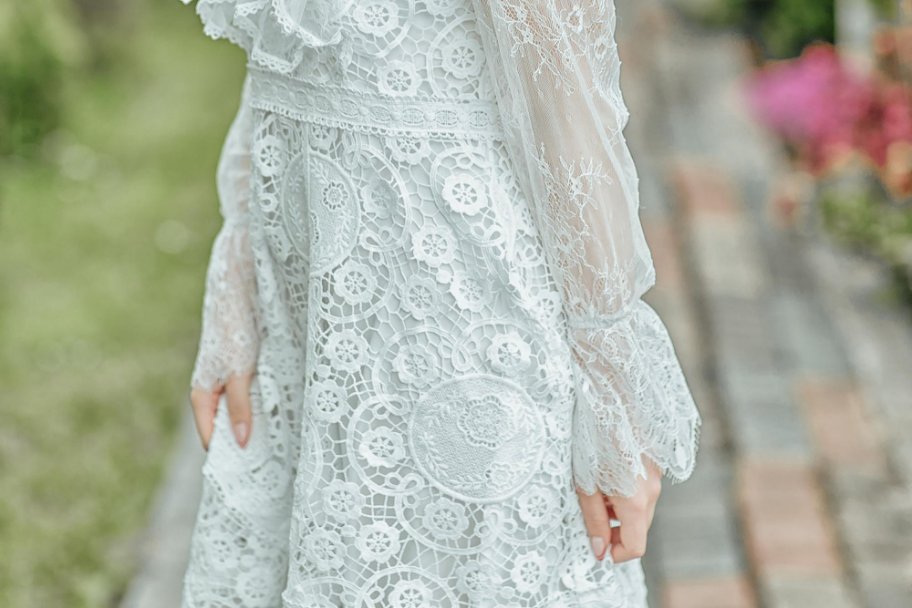
Fashion Applications
Bridal Wear Excellence: Guipure lace has become a wedding dress staple because it provides structure without excessive weight. Unlike delicate Chantilly lace or Alençon varieties, guipure can support fitted bodices and full skirts while maintaining elegant drape.
Contemporary Fashion Uses:
- Evening gowns with dramatic silhouettes
- Cocktail dresses requiring structural support
- Formal blazers and sophisticated separates
- Statement sleeves and overlay panels
Home Décor Applications
Interior Design Integration:
- Decorative pillow covers and throws
- Table runners and placemats
- Curtain panels and window treatments
- Upholstery accents for furniture
Working with Guipure Lace: Sewing Techniques

Essential Cutting Guidelines
Pre-Cutting Preparation:
- Plan your layout carefully: Guipure has a directional flow, so use a “with nap” layout
- Consider motif placement: Avoid awkward positioning, especially around bust areas
- Allow extra fabric: You can trim motifs but can’t add them back
- Cut single layers only: Never attempt to cut guipure on the fold
Specialized Sewing Methods
Handling Weight and Structure: Guipure’s substantial weight requires special consideration. A full dress can weigh nearly 2 pounds, requiring proper support through:
- Waist stays for structural integrity
- Internal boning for fitted areas
- Quality interlining for shape retention
Professional seamstresses recommend specific techniques for guipure’s unique challenges. As detailed in Threads Magazine’s comprehensive guipure guide, “the resulting garment is surprisingly versatile and can be worn over a formal dress, or with jeans and a blouse or camisole.” Their expert-level tutorials emphasize using fine tulle as interlining to stabilize the lace while maintaining transparency – a technique that elevates home sewing to couture standards.
Seaming Techniques:
Method 1: Machine Seaming with Stabilization For less open lace patterns:
- Cut bias binding strips roughly the seam length
- Place binding under seam allowances
- Sew with slightly wider seam allowances
- Trim binding close to stitching
Method 2: Lap and Appliqué (Couture Method) For very open patterns:
- Choose motif along upper dart leg
- Cut carefully along motif edge
- Overlap pieces so stitching lines align
- Hand baste, then machine stitch with narrow zigzag
- Trim excess from wrong side
Dart Construction
Traditional vs. Couture Approaches:
For Dense Patterns:
- Mark and sew darts normally
- Trim excess fabric close to stitching
For Open Patterns (Recommended):
- Trace dart pattern onto tracing paper with bold marker
- Pin paper under fabric, aligning seam lines
- Sew through fabric and paper with contrast thread
- Remove paper and proceed with lap-and-appliqué method
Care and Maintenance Guide
Washing Instructions by Material Type
Cotton Guipure:
- Hand wash in cool water with gentle detergent
- Rinse thoroughly to remove soap residue
- Air dry flat on towels, reshaping while damp
- Steam lightly if needed, never direct iron
Silk Guipure:
- Professional dry cleaning recommended for best results
- If hand washing, use silk-specific detergent
- Never wring or twist wet fabric
- Dry away from direct heat or sunlight
Polyester Blends:
- Machine washable on gentle cycle with cool water
- Use mesh laundry bag for protection
- Low heat tumble dry or air dry
- Follow general polyester care guidelines
Storage and Handling
Long-term Storage:
- Clean thoroughly before storing
- Fold with acid-free tissue paper between layers
- Store in breathable cotton bags, not plastic
- Check periodically for pest issues
Daily Handling:
- Support garment weight when hanging
- Use padded hangers for structured pieces
- Avoid pulling or stretching motifs
- Address snags immediately to prevent runs
Project Ideas and Difficulty Levels
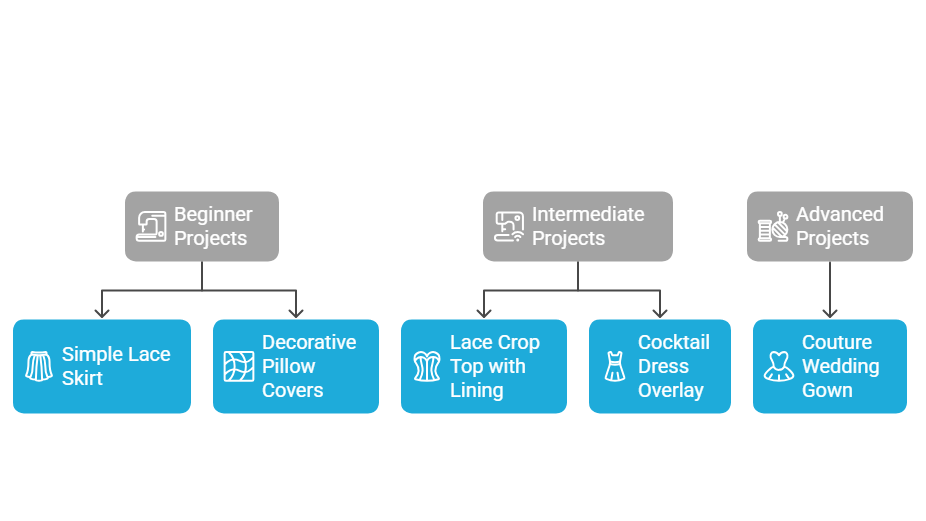
Beginner Projects (Skill Level 1-2)
Simple Lace Skirt:
- Requires basic straight seaming
- A-line design minimizes fitting challenges
- Perfect for learning guipure basics
- Estimated time: 6-8 hours
Decorative Pillow Covers:
- No fitting required
- Practice cutting and seaming techniques
- Immediate satisfaction for home décor
- Estimated time: 3-4 hours
Intermediate Projects (Skill Level 3-4)
Lace Crop Top with Lining:
- Introduces dart construction
- Teaches layering techniques
- Requires basic fitting skills
- Estimated time: 8-12 hours
Cocktail Dress Overlay:
- Combines guipure with base fabrics
- Develops advanced seaming skills
- Pattern matching requirements
- Estimated time: 15-20 hours
Advanced Projects (Skill Level 5)
Couture Wedding Gown:
- Multiple construction layers required
- Extensive hand-sewing elements
- Professional fitting essential
- Estimated time: 40+ hours
Troubleshooting Common Issues
Problem-Solution Guide
| Issue | Cause | Solution |
|---|---|---|
| Puckering seams | Tension too tight | Loosen machine tension, use walking foot |
| Motifs don’t align | Poor layout planning | Mark matching points before cutting |
| Snagged threads | Rough handling | Use sharp scissors, handle gently |
| Feeding problems | Open lace structure | Use tissue paper under presser foot |
| Uneven hems | Weight distribution | Interface hem area for stability |
When to Seek Professional Help
Consider professional assistance for:
- Wedding dress construction
- Valuable vintage lace restoration
- Complex fitting alterations
- Intricate beadwork or embellishment addition
Frequently Asked Questions
Can guipure lace be dyed to match specific colors?
Natural fiber varieties like cotton accept dyes well, but metallic elements may limit color options. Test on scraps first, and consider that cream and champagne shades work best for maintaining design integrity.
How much guipure lace do I need for a typical project?
Amounts vary by design, but typical requirements include: simple skirt (2-3 yards), fitted top (1.5-2 yards), full dress (4-6 yards). Always buy 10-15% extra for pattern matching and potential errors.
Is guipure lace suitable for everyday wear?
While primarily used for special occasions, lighter cotton guipure works well for blouses and casual dresses. Consider comfort and care requirements for regular use.
Can I combine guipure with other lace types?
Yes, guipure pairs beautifully with Chantilly or beaded laces for textural contrast. Ensure compatible care requirements and weight distributions.
What’s the difference between guipure and Venetian lace?
Guipure is actually the broader category, while Venetian lace refers specifically to Italian-made guipure with particular motif styles and construction techniques.
How do I prevent my sewing machine from jamming on open areas?
Place tissue paper or water-soluble stabilizer under the fabric while sewing. Remove carefully after completing seams.
Conclusion
Guipure lace represents a perfect blend of historical craftsmanship and modern versatility. Its unique construction method creates a fabric that’s both structurally sound and visually stunning, making it an excellent choice for sewers ready to tackle more challenging materials.
Essential Recommendations:
For Beginners: Start with cotton guipure for practice projects. The material forgives minor mistakes and provides excellent learning opportunities without the pressure of expensive materials.
For Intermediate Sewers: Invest in quality tools including sharp fabric scissors, walking foot attachments, and proper interfacing materials. These investments pay dividends in professional-looking results.
For Advanced Projects: Don’t rush the planning phase. Successful guipure garments require careful consideration of support structures, pattern placement, and finishing techniques.
Budget Considerations: While premium silk guipure delivers unmatched luxury, modern polyester alternatives offer excellent value for learning and everyday projects. Focus on quality construction techniques regardless of material choice.
Long-term Value: Properly constructed guipure garments become cherished pieces that last for decades. The time invested in learning proper techniques pays off in creating heirloom-quality items.
Whether you’re creating a special occasion gown or adding elegant touches to home décor, guipure lace offers unlimited creative possibilities. Its forgiving nature during construction, combined with dramatic visual impact, makes it an ideal choice for sewers looking to expand their skills while creating truly memorable pieces.
The evolution from royal exclusive to accessible artistry demonstrates how traditional craftsmanship adapts to modern needs. By understanding proper techniques and choosing appropriate materials for your skill level, you can join the long tradition of creators who have found inspiration in this remarkable textile.

